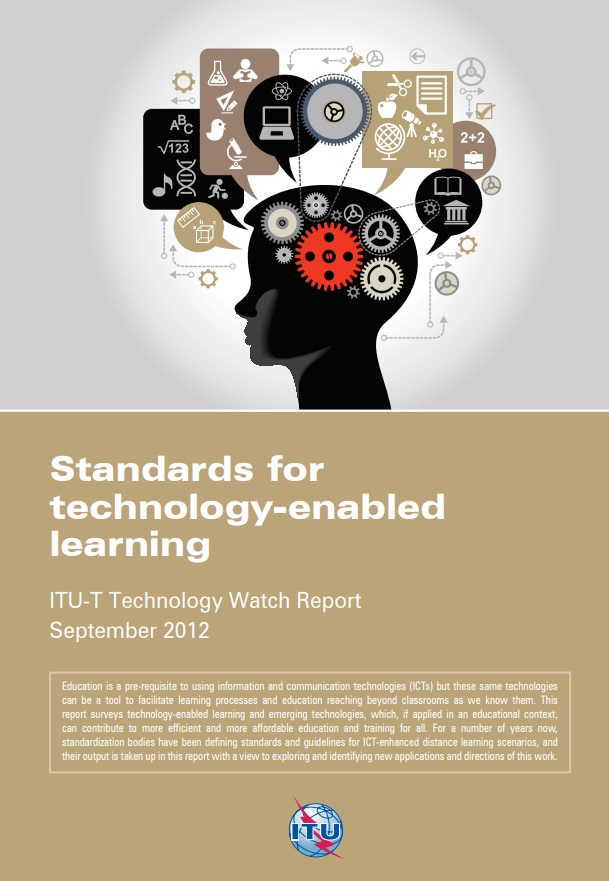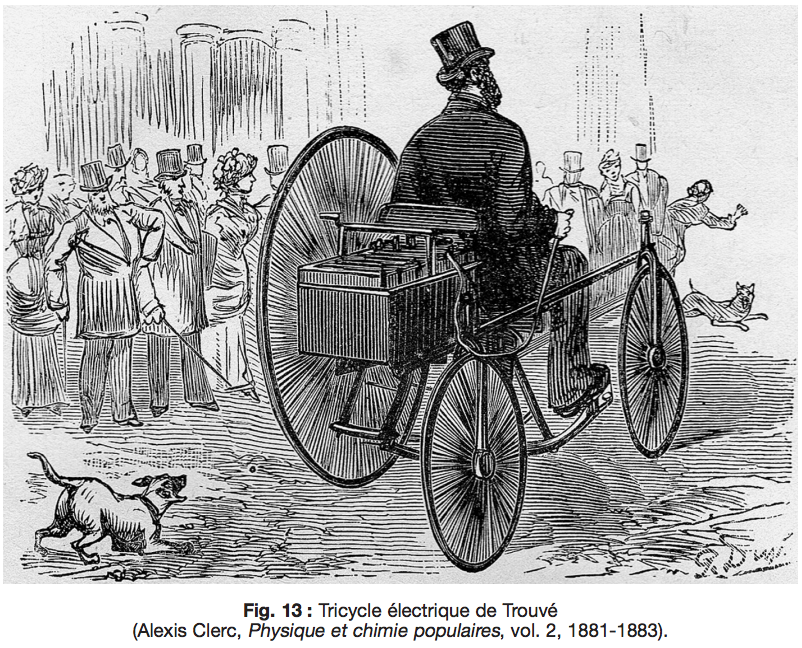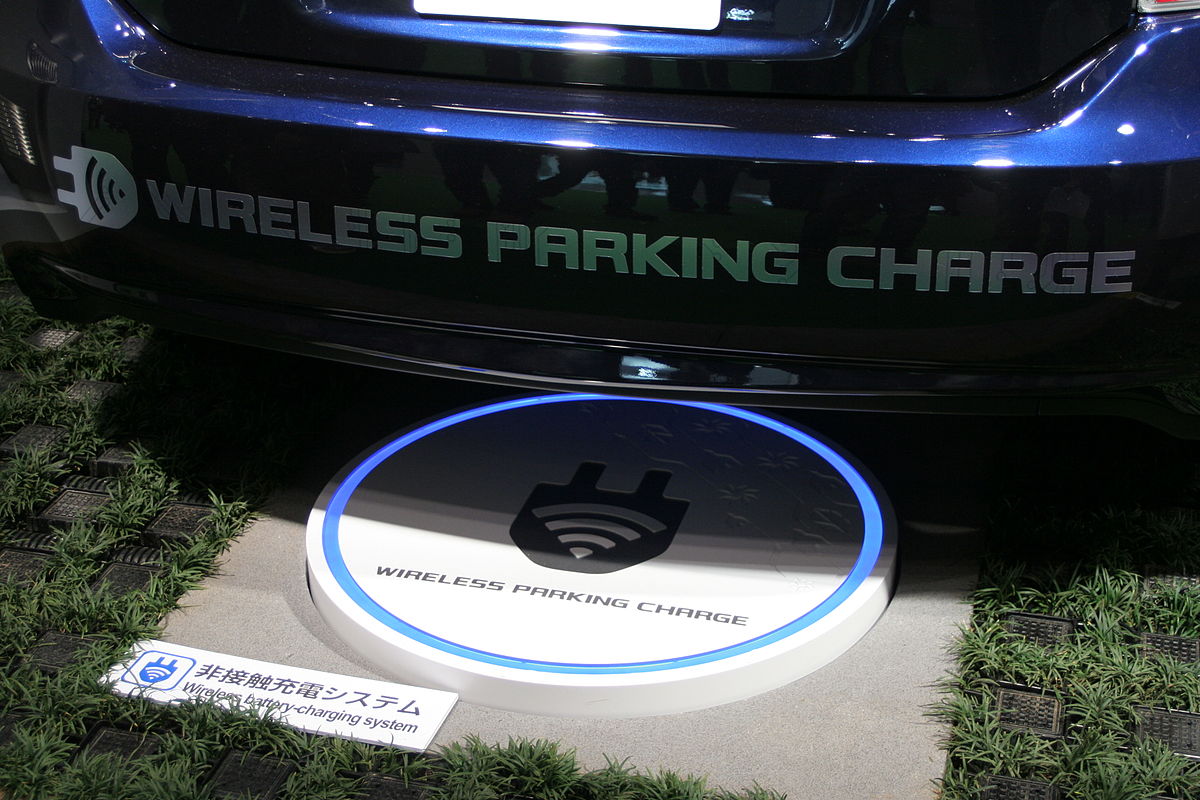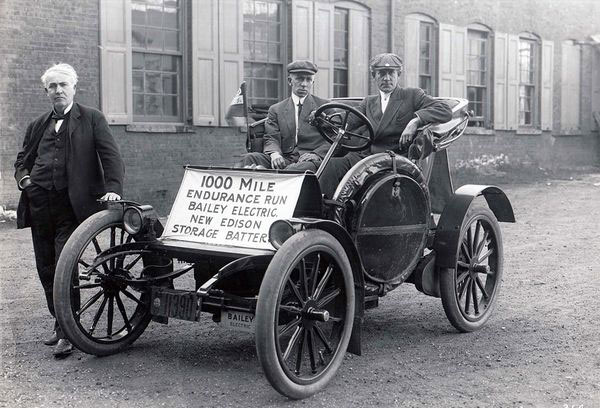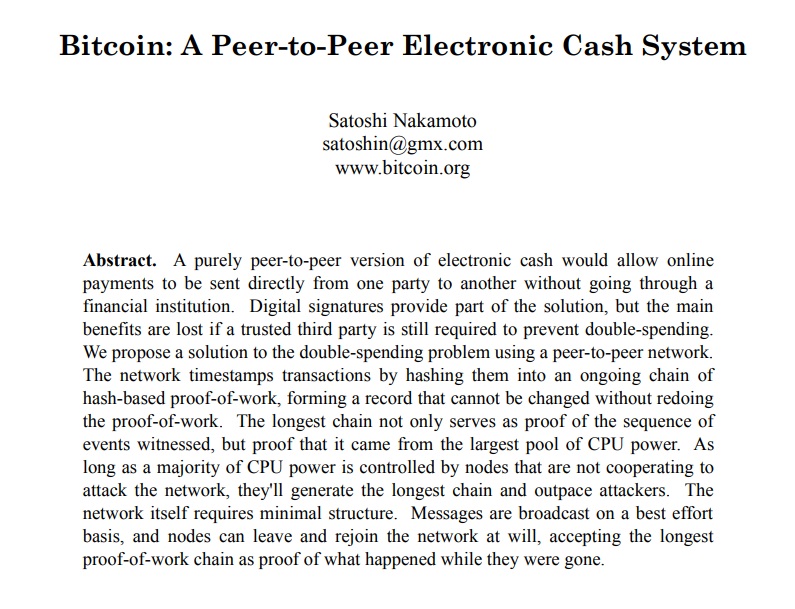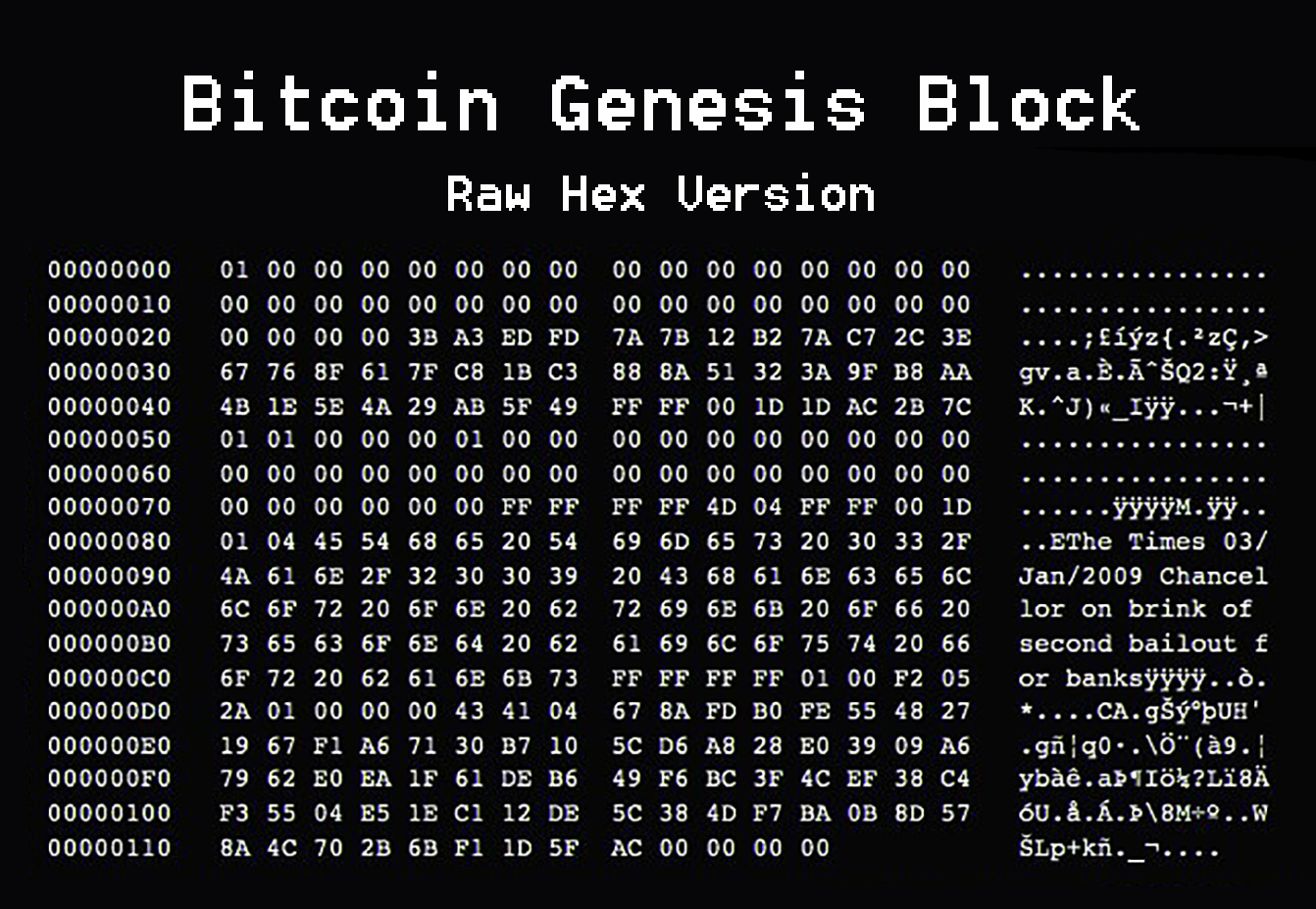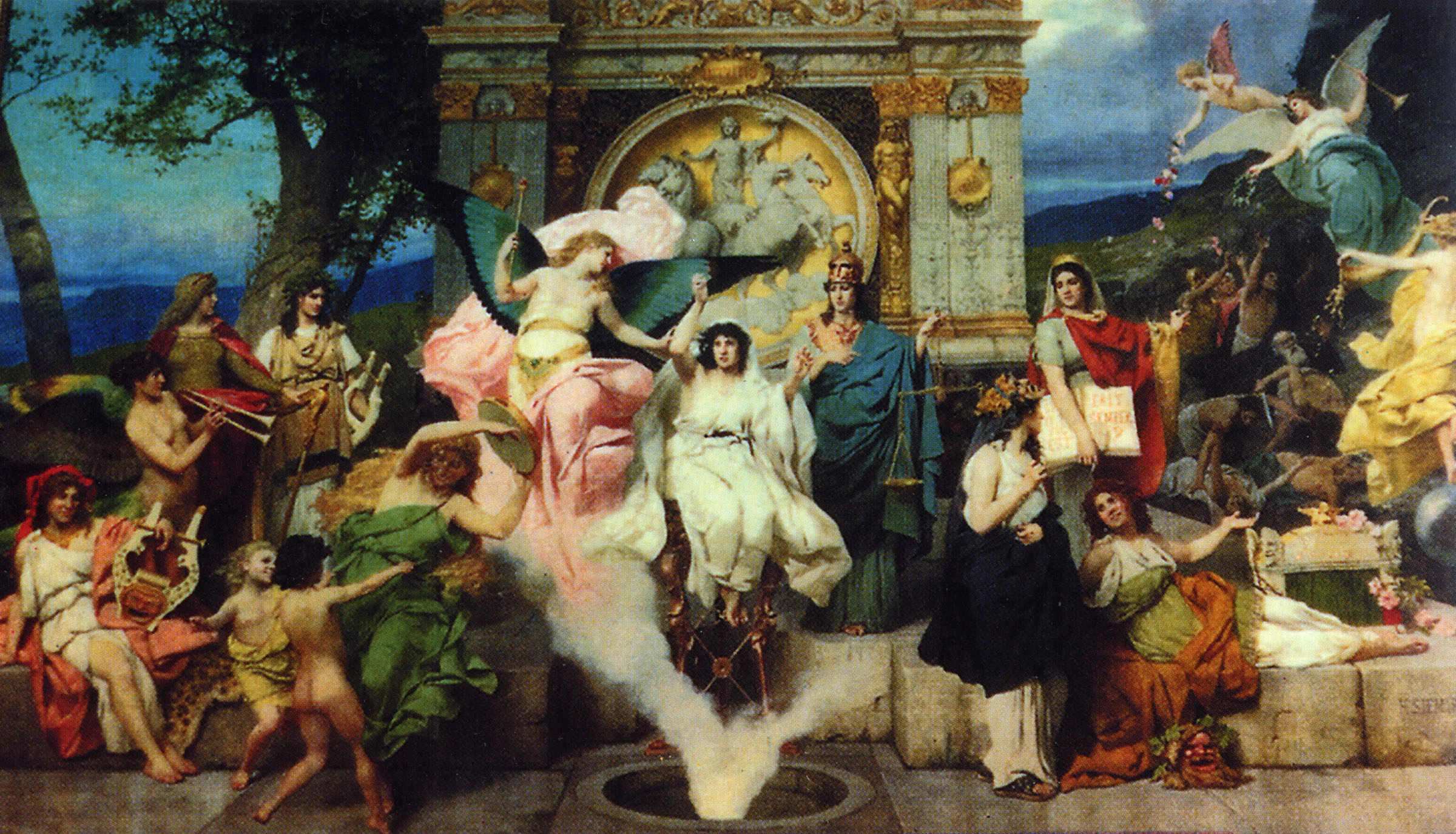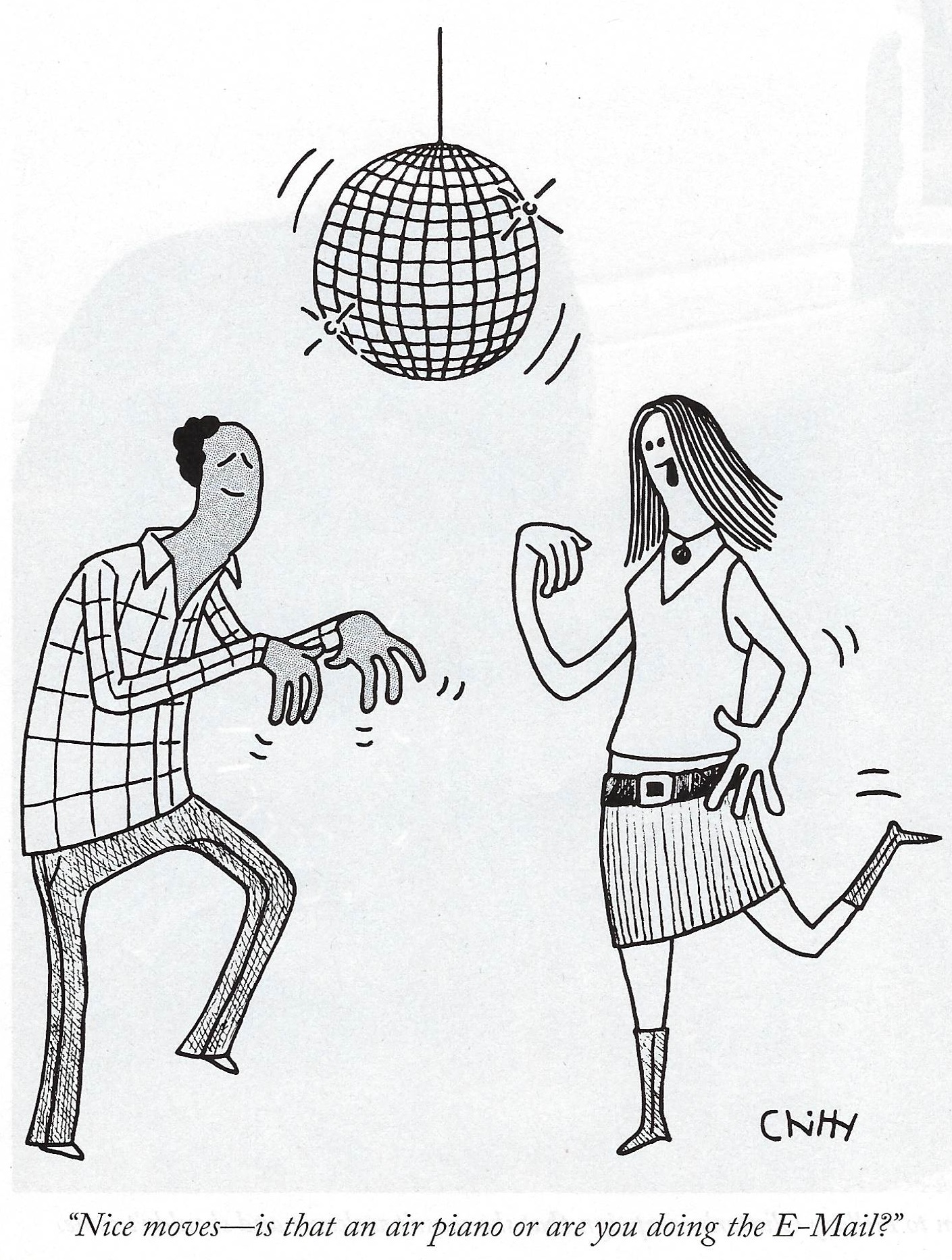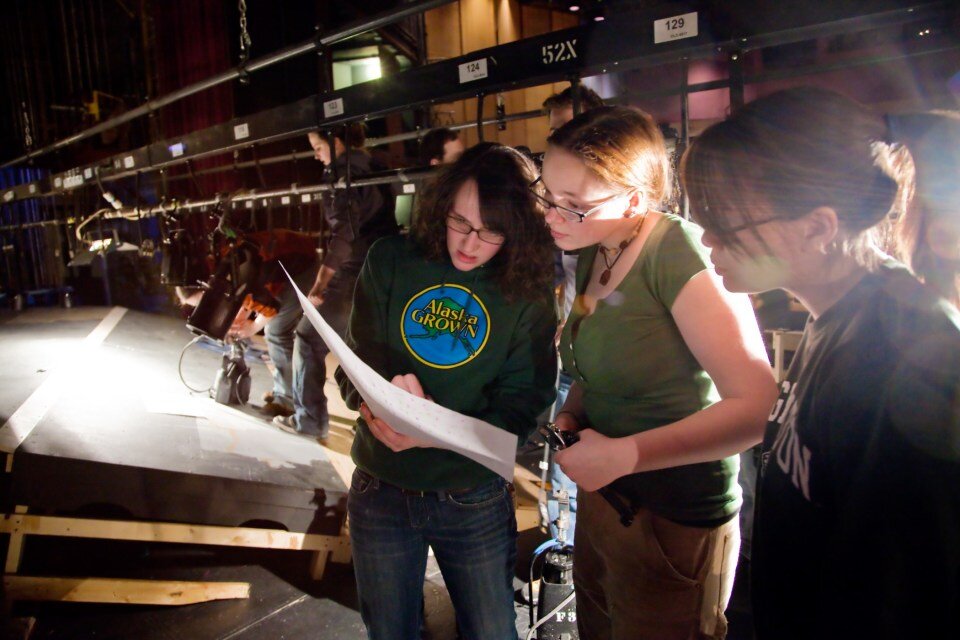Author Archives: mike@standardsmichigan.com
- Home
- Articles posted by mike@standardsmichigan.com (Page 44)

Electric Vehicle Power Transfer System
Updated July 15, 2025
2026 National Electrical Code Table of Contents
2026 NEC First Draft: How Did We Get Here?
Public Input Transcript: First Draft | Public Comment Transcript: Second Draft
2023 National Electrical Code | Current Issues and Recent Research
August 5, 2021
The 2020 National Electrical Code (NEC) contains significant revisions to Article 625 Electric Vehicle Power Transfer Systems. Free access to this information is linked below:
You will need to set up a (free) account to view Article 625 or you may join our colloquium today.
Public input for the 2023 Edition of the NEC has already been received. The work of the assigned committee — Code Making Panel 12 — is linked below:
NFPA 70_A2022_NEC_P12_FD_PIReport_rev
Mighty spirited debate. Wireless charging from in-ground facilities employing magnetic resonance are noteworthy. Other Relevant Articles:
- Article 240: Overcurrent Protection: This article includes requirements for overcurrent protection devices that could be relevant for EV charging systems.
- Article 210: Branch Circuits: General requirements for branch circuits, which can include circuits dedicated to EVSE.
- Article 220: Load Calculations: Guidelines for calculating the electrical load for EVSE installations.
- Article 230: Services: General requirements for electrical service installations, which can be relevant for EVSE.
- Article 250: Grounding and Bonding: Requirements for grounding and bonding, which are critical for safety in EVSE installations.
Technical committees meet November – January to respond. In the intervening time it is helpful break down the ideas that were in play last cycle. The links below provide the access point:
Public Comment Report Panel 12
We find a fair amount of administrative and harmonization action; fairly common in any revision cycle. We have taken an interest in a few specific concepts that track in academic research construction industry literature:
- Correlation with Underwriters Laboratory product standards
- Bi-Directional Charging & Demand Response
- Connection to interactive power sources
As a wiring safety installation code — with a large installer and inspection constituency — the NEC is usually the starting point for designing the power chain to electric vehicles. There is close coupling between the NEC and product conformance organizations identified by NIST as Nationally Recognized Testing Laboratories; the subject of a separate post.
After the First Draft is released June 28th public comment is receivable until August 19th.
We typically do not duplicate the work of the 10’s of thousands of National Electrical Code instructors who will be fanning out across the nation to host training sessions for electrical professionals whose license requires mandatory continuing education. That space has been a crowded space for decades. Instead we co-host “transcript reading” sessions with the IEEE Education & Healthcare Facilities Committee to sort through specifics of the 2020 NEC and to develop some of the ideas that ran through 2020 proposals but did not make it to final ballot and which we are likely to see on the docket of the 2023 NEC revision. That committee meets online 4 times monthly. We also include Article 625 on the standing agenda of our Mobility colloquium; open to everyone. See our CALENDAR for the next online meeting
Issue: [16-102]
Category: Electrical, Transportation & Parking, Energy
Colleagues: Mike Anthony, Jim Harvey
More
U.S. NATIONAL ELECTRIC VEHICLE SAFETY STANDARDS SUMMIT | DETROIT, MICHIGAN 2010
Force Majeure
In his books, The Black Swan and Antifragile, Nassim Nicholas Taleb observes that freak disasters—rare, high-impact events—are unpredictable and often underestimated due to their low probability. He calls these “Black Swan” events, characterized by their extreme rarity, severe consequences, and retrospective predictability. Taleb argues that people and systems are overly reliant on normalcy and linear models, ignoring the potential for such outliers.
These disasters expose the fragility of complex systems, like financial markets or infrastructure, which are unprepared for extreme shocks. In Antifragile, he contrasts fragile systems with antifragile ones, which thrive under stress. Taleb emphasizes that freak disasters are not anomalies but inevitable in a complex world, urging risk management that accounts for uncertainty rather than predictability. He critiques overconfidence in forecasting and advocates for building resilience to mitigate the devastating effects of these unpredictable events.
We cover this ground, more than tangentially, in our activism in disaster management standards setting. Our coverage of this topic dates back to 1993 which the links below should reveal. We will expand upon this topic as more information is derived from this past week’s events in Kerr County Texas.
“Extreme events and how to live with them” Nassim Nicholas
Talebhttps://t.co/fWYvN0v1ud@DarwinCollege @nntaleb@nyutandon @UMassAmherst pic.twitter.com/S83c8LgLs4— Standards Michigan (@StandardsMich) February 11, 2021
Innovation and Competitiveness in Artificial Intelligence
The International Trade Administration (ITA) of the U.S. Department of Commerce (DOC) is requesting public comments to gain insights on the current global artificial intelligence (AI) market. Responses will provide clarity about stakeholder concerns regarding international AI policies, regulations, and other measures which may impact U.S. exports of AI technologies. Additionally, the request for information (RFI) includes inquiries related to AI standards development. ANSI encourages relevant stakeholders to respond by ITA’s deadline of October 17, 2022.
Commerce Department Launches the National Artificial Intelligence Advisory Committee
Save the date! NIST is set to release our AI Risk Management Framework this week.
📅 Thursday, January 26 at 10am ET
📍 Livestream (no registration needed)Learn more: https://t.co/2YmN2R6bTV pic.twitter.com/muICEyRYcP
— National Institute of Standards and Technology (@NIST) January 23, 2023
Red, White and Blue Smoothie
University System of Maryland | $12.225B
University of Maryland Extension
The choice of red, white, and blue in national flags often carries historical, cultural, and political significance. Here are some reasons why various nations have chosen these colors:
- Historical Connections:
- United States: The colors were chosen for their flag in 1777 and have been interpreted to symbolize valor (red), purity (white), and justice (blue). The colors were influenced by the British Union Jack.
- France: The Tricolour flag adopted during the French Revolution represents liberty (blue), equality (white), and fraternity (red).
- United Kingdom: The Union Jack combines elements from the flags of England (red and white), Scotland (blue and white), and Ireland (red and white).
- Cultural and Political Significance:
- Russia: The flag’s colors were adopted from the Dutch flag, symbolizing pan-Slavism (red for bravery, blue for faithfulness, and white for honesty).
- Netherlands: The Dutch flag’s colors (originally derived from the Prince’s Flag) have historical roots, symbolizing the struggle for independence and liberty.
- Czech Republic and Slovakia: Both countries use red, white, and blue to represent their Slavic heritage.
- Influence and Inspiration:
- Chile, Costa Rica, and Panama: These countries were influenced by the colors and symbolism of other flags (e.g., the French and American flags) during their independence movements.
- Australia and New Zealand: Both countries incorporate the Union Jack in their flags, reflecting their colonial history with the United Kingdom.
- Symbolism:
- Croatia, Serbia, and Slovenia: The colors are traditional pan-Slavic colors, representing freedom and national unity.
- Iceland and Norway: The colors reflect their historical and cultural ties to other Scandinavian countries.
The exact reasons can vary, but often the colors reflect a mix of historical alliances, cultural heritage, and political ideals.
Original White Paper: Bitcoin
Bitcoin and Open-Source
Bitcoin is developed under an open-source model and released under the MIT License. As an open-source project, the Bitcoin source code is publicly accessible, allowing users to examine, modify, and distribute it within the terms of the MIT License.
Yet,…
— Satoshi Nakamoto (@satoshi) December 8, 2023
Stalking the Black Swan
Research and Decision Making in a World of Extreme Volatility
Kenneth A. Posner
Lively 400
The term “lively arts” is attributed to American writer and poet James Thurber. It was popularized in the mid-20th century as a way to describe various forms of performing arts, such as theater, dance, music, and other creative expressions.
“What art is, in reality, is this missing link, not the links which exist.
It’s not what you see that is art; art is the gap”
— Marcel Duchamp
Today we refresh our understanding of the literature that guides the safety and sustainability goals of lively art events in educational settlements. Consortia have evolved quickly in recent years, leading and lagging changes in the content creation and delivery domain. With this evolution a professional discipline has emerged that requires training and certification in the electrotechnologies that contribute to “event safety”; among them:
ASHRAE International
Standard 62.1: This standard establishes minimum ventilation rates and indoor air quality requirements for commercial buildings, including theaters and auditoriums.
Standard 55: This standard specifies thermal comfort conditions for occupants in indoor environments, which can have an impact on air quality.
Audio Visual and Experience Association
Entertainment Services and Technology Association
Set design model for Giuseppe Verdi’s Otello, created for a Paris production in 1895@GallicaBnF
print(“Lively Arts”)https://t.co/93JWrmLwPh pic.twitter.com/RRxuzmGT4r— Standards Michigan (@StandardsMich) December 10, 2021
The Johnny Carson School of Theatre & Film commits to the philosophy that students of the lively arts must be provided w/ practical skills for employment in industry &
educational settings.https://t.co/DRe7qWJKgW@NebCarsonSchool
Print(“Lively”) #StandardsNebraska pic.twitter.com/7K8zfXYlZj— Standards Michigan (@StandardsMich) February 4, 2022
International Code Council
International Building Code: Section 303.2 Assembly Group A-1
Illumination Engineering Society
RP-16-17 Lighting for Theatrical Productions: This standard provides guidance on the design and implementation of lighting systems for theatrical productions. It includes information on the use of color, light direction, and light intensity to create different moods and effects.
RP-30-15 Recommended Practice for the Design of Theatres and Auditoriums: This standard provides guidance on the design of theaters and auditoriums, including lighting systems. It covers topics such as seating layout, stage design, and acoustics, as well as lighting design considerations.
DG-24-19 Design Guide for Color and Illumination: This guide provides information on the use of color in lighting design, including color temperature, color rendering, and color mixing. It is relevant to theater lighting design as well as other applications.
Institute of Electrical and Electronic Engineers
Research on Safety Integrity Level Assessment for Stage Machinery of Temporary Performance Site
Necessity of Establishing the Stage Technical Standards for Outdoor Live Performance Theater
Comparison of Technical Systems between Outdoor Live Performance Stage and Indoor Theater Stage
National Center for Spectator Sports Safety and Security
National Fire Protection Association
Life Safety Code
National Electrical Code
Articles 518-540: Arenas, Lecture Halls & Theaters
Society of Motion Picture Technology Engineers
Professional Lighting and Sound Association
Dance and Athletic Floor Product Standards: ASTM F2118, EN 14904, DIN 18032-2
Incumbent standards-setting organizations such as ASHRAE, ASTM, ICC, IEEE, NFPA have also discovered, integrated and promulgated event safety and sustainability concepts into their catalog of best practice titles; many already incorporated by reference into public safety law. We explore relevant research on crowd management and spectator safety.
“Art is anything you can get away with” — Marshall McLuhan
More
International Code Council (N.B. Changes to its Code Development Process)
International Building Code: Entertainment Occupancies
Section 410: Stages, Platforms and Technical Production Areas
National Electrical Code: Articles 518 – 540
Code-Making Panel 15 (NEC-P15): Public Input Report 10/1/2020
Code-Making Panel 15 (NEC-P15): Public Comment Report 11/18/2021
ASHRAE 62.1 Ventilation for Acceptable Indoor Air Quality
Princeton University: Set Design & Construction
Building the Virtual Stage: A System for Enabling Mixed Reality Theatre
University of California: Special Effects Safety and Loss Prevention
New update alert! The 2022 update to the Trademark Assignment Dataset is now available online. Find 1.29 million trademark assignments, involving 2.28 million unique trademark properties issued by the USPTO between March 1952 and January 2023: https://t.co/njrDAbSpwB pic.twitter.com/GkAXrHoQ9T
— USPTO (@uspto) July 13, 2023
Standards Michigan Group, LLC
2723 South State Street | Suite 150
Ann Arbor, MI 48104 USA
888-746-3670


